Cabur Control devices, buttons

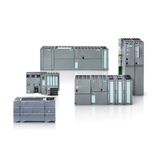
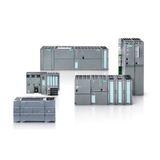

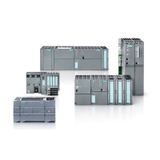

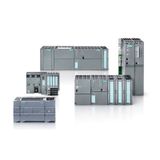

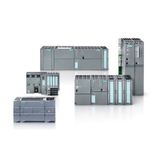
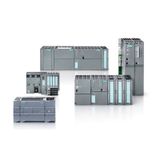
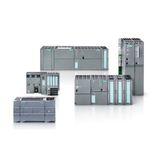

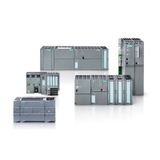
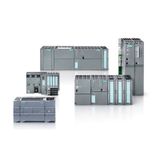


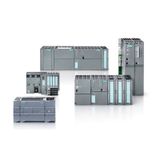
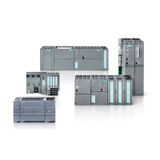
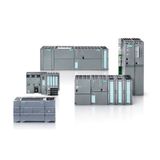
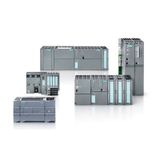

Cabur control devices buttons, also known as cabur push buttons, cabur selector switches, cabur emergency buttons, and cabur control stations, form the essential human-machine interface (HMI) layer in industrial and building systems. These devices enable operators to issue commands, signal states, and manage control logic within panels or field stations. Built for rugged use and precise response, Cabur signaling buttons and switches combine electrics, mechanics, and safety design. Engineers choose them based on contact rating, actuation force, mounting format, and environmental protection. In procurement, comparing cabur control switches and cabur control panels demands clarity on certifications, modular compatibility, and fail-safe behavior.
Each Cabur control station is engineered to handle currents from small pilot circuits (e.g. 1 A at 24 V DC) up to heavier control currents (e.g. 10–16 A at 250 V AC). Materials typically include chromed or stainless bezels, industrial-grade plastics, thermosets, and silver contacts to reduce oxidation over thousands of cycles. The consistency and modularity of Cabur control interface gear ensures reliability in large deployment projects.
Cabur Push Buttons & Signaling Buttons — Core Variants and Uses
Standard cabur push buttons are momentary or maintained contact devices used for start, stop, reset, or signal functions. They are available in multiple colors (red, green, yellow, blue) to conform with industrial signaling conventions. Their contact configurations include single or double pole, normally open (NO), normally closed (NC), or change-over (SPDT). Many have built-in LED illumination for status visualization.
These devices are designed to mount into standard panel cutouts (e.g. 22 mm, 30 mm) or modular frames, making integration straightforward. In procurement, engineers evaluate lifespan (e.g. 500,000 cycles), contact capacitance, and actuation force. For bulk orders, standardization of panel layouts and push-button variants reduces assembly errors and stocking complexity.
Cabur Selector Switches, Control Switches & Emergency Buttons
Selector switches (rotary or key-operated) fall under cabur selector switches and cabur control switches. These units allow switching among multiple control modes (e.g. manual / auto / off) and are often used in automation panels. Their contact ratings range typically from 6 A to 16 A, depending on design. Many selector switches include detent positions or keys to prevent accidental switching.
Emergency or E-Stop buttons are part of cabur emergency buttons, critical safety devices that immediately cut power or command to a system. These must comply with safety norms (e.g. ISO 13850) and often include mechanical latching, yellow background frames, and red mushroom head pushers. Engineers always include an emergency push in their control station design for regulatory compliance and failsafe operation.
Cabur Control Stations & Modular Assemblies
Cabur control panels or cabur control stations aggregate multiple control devices (push buttons, selector switches, indicators, emergency stop) into one enclosure. These stations are used in machine front-ends, operator consoles, or remote field posts. They are designed for NEMA or IP-rated housings, depending on environment (factory floor, outdoor, wash-down). Modules snap into standardized frames or rails, and wiring is simplified by consistent terminal labeling and spacing.
These integrated stations reduce field wiring effort and maintain consistency across machines or installation lines. For B2B buyers, ordering control stations rather than individual components often reduces errors and speeds setup.
Compatibility and Integration Notes
Cabur control devices and buttons are designed for modular compatibility with the Cabur modular wiring and terminal systems. The mechanical dimensions, back-depth, and clip-in frames align with the broader ecosystem of Cabur panels, terminal blocks, and protection devices. The contact systems accept standard wire gauges, and in many cases, are pluggable or screw-terminal for ease of maintenance.
Because control devices are part of control circuits, their design must account for signal noise, insulation separation, and shielding when placed near power switching gear. Good layout practice includes establishing separation from high-current lines and maintaining clear control logic routing.
Technical and Safety Standards
Cabur control devices conform to standards such as IEC 60947-5 for control circuit devices, and relevant safety norms for emergency stop (ISO 13850). Contacts are rated for voltage and current as declared, and enclosures often meet IP65 or higher for wash-down or dusty environments. Materials are flame-retardant plastics (UL 94 V-0) and contact metals are silver or silver alloys to ensure contact integrity. Each device undergoes mechanical endurance testing (minimum hundreds of thousands of operations), dielectric strength, insulation resistance, and environmental aging tests before shipping.
Application Scenarios
Cabur control devices are found in:
- Machine tool control panels — start/stop/reset and mode selectors.
- Production line consoles — operator interfaces.
- Building automation panels — lighting control, HVAC selectors.
- Field control boxes — localized control and signal stations.
- Safety panels — emergency stop and safety signaling in industrial environments.
Designers typically define function (push, select, emergency), voltage and current needs, modular alignment, and signal logic before specifying control devices in procurement.
How to Choose the Right Cabur Control Buttons
- Function determination — momentary or maintained, switch or selector, emergency stop.
- Contact rating — ensure suitability for control voltage/current (e.g. 24 V DC, 230 V AC).
- Mounting and size — panel cutout size, frame compatibility, depth.
- Environmental rating — IP, sealing, material resistance to dust, moisture, chemicals.
- Modularity and expandability — whether devices snap into frames or enclosures.
- Procurement consistency — match EAN/MPN, order in multiples, maintain spare parts.
A common oversight is underestimating contact inrush in lighting or motor control circuits, which can cause early contact wear or weld. Always cross-check with load specs.
Wholesale Supply of Cabur Control Devices & Buttons by Bank of Lamps
We offer a comprehensive range of cabur control devices buttons, cabur push buttons, cabur selector switches, cabur emergency buttons, cabur control stations, and related cabur control panels. Our B2B service includes tailored pricing based on volume and project scope, supported by a dedicated account manager for technical guidance and order support. You’ll see real-time stock across our Latvia warehouse and partner depots, aiding confident specification. We aim to respond to quote requests within an hour. Ordering is enabled via EAN / MPN codes for precise bulk upload. You’ll receive downloadable price lists with valid pricing windows and transparent lead-time tracking from order to dispatch. Access to your purchase history allows easy reorder management. For trusted clients, post-payment up to 30 days is available, and we consolidate shipping when combining control device items with other products. Delivery is available across UK, Germany, Netherlands, France, Spain, Belgium, and the Baltics, each shipment accompanied by full compliance documentation, traceability, and installation support to ensure your Cabur control interface systems roll out reliably and efficiently.